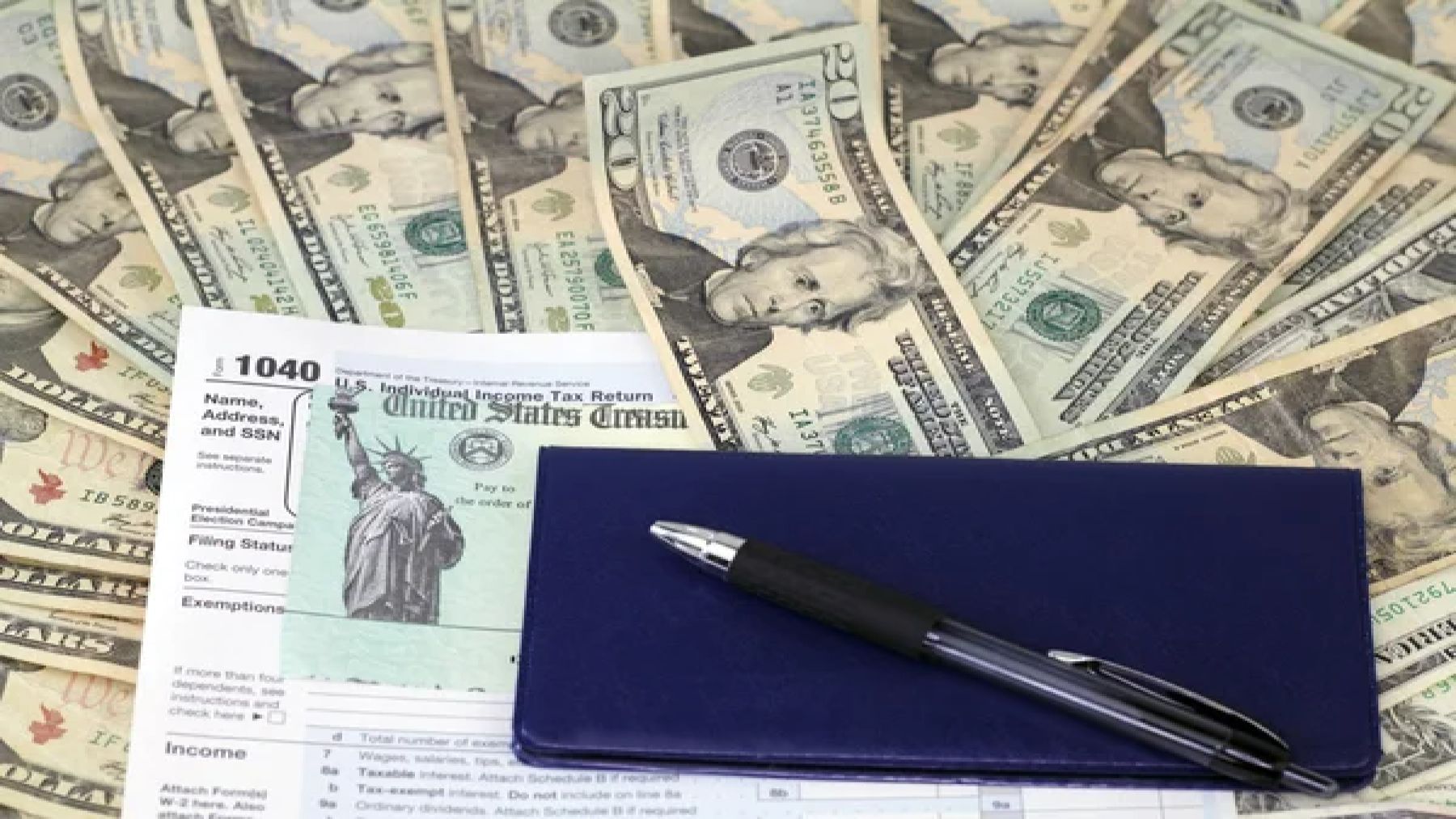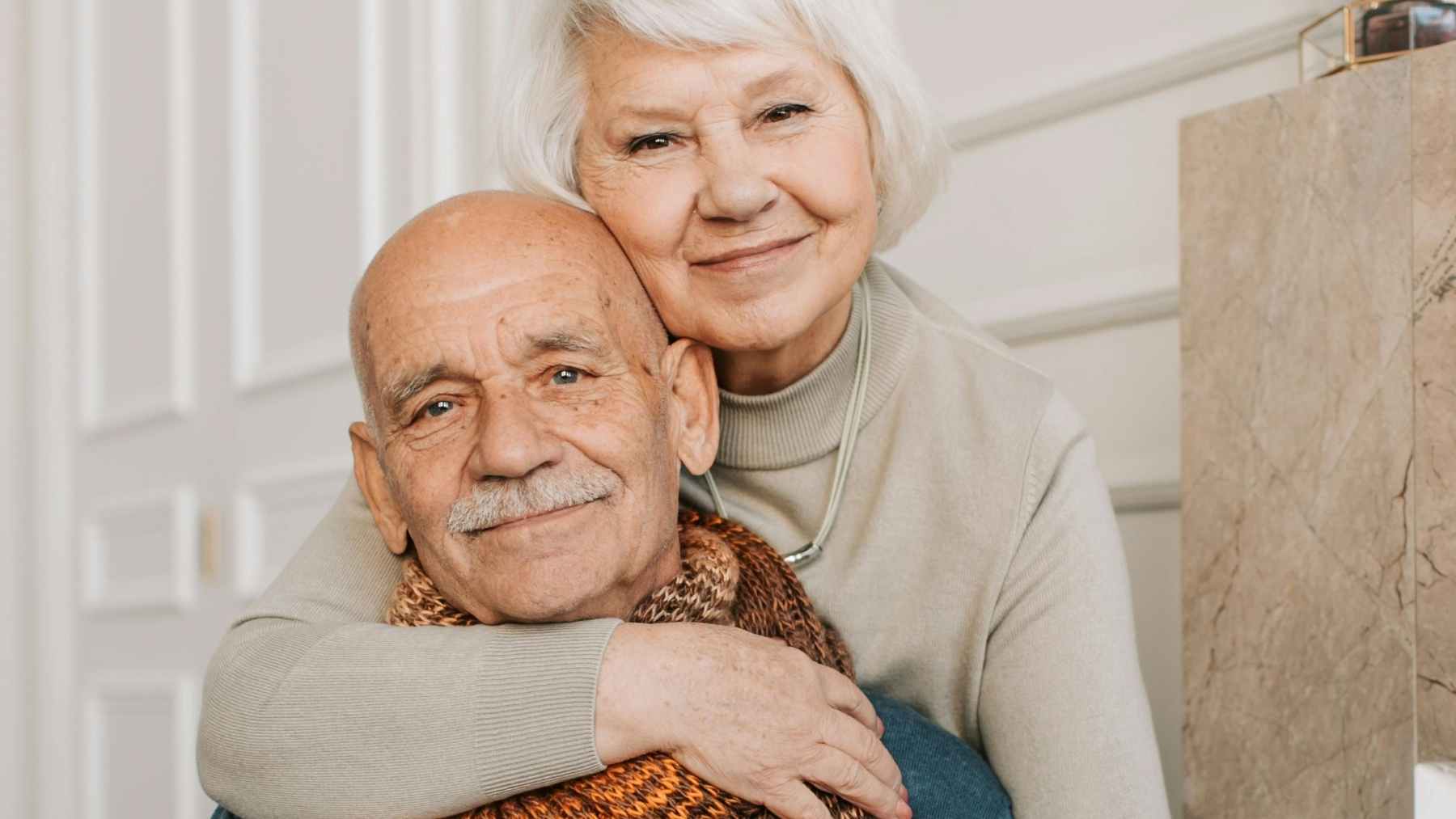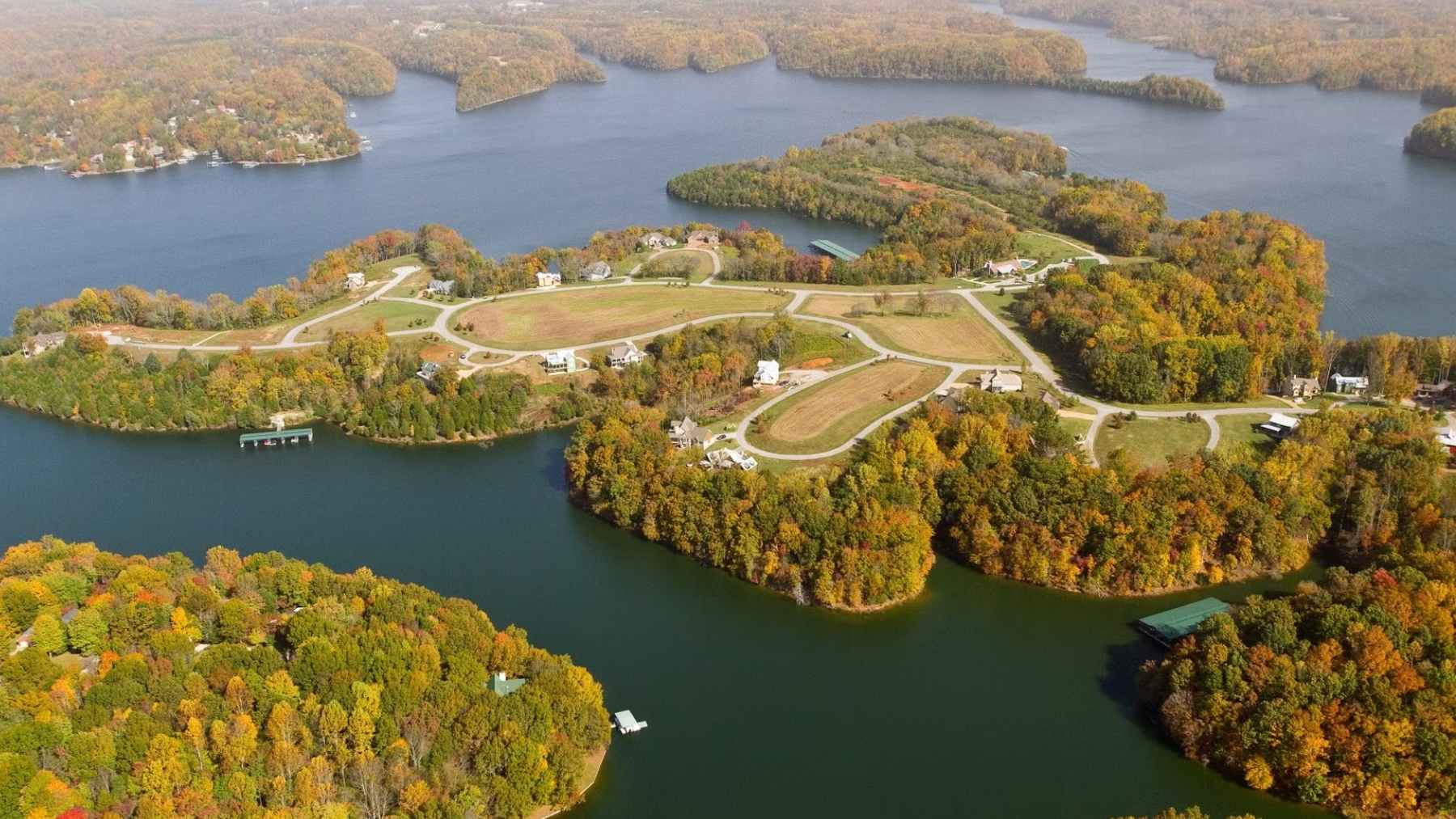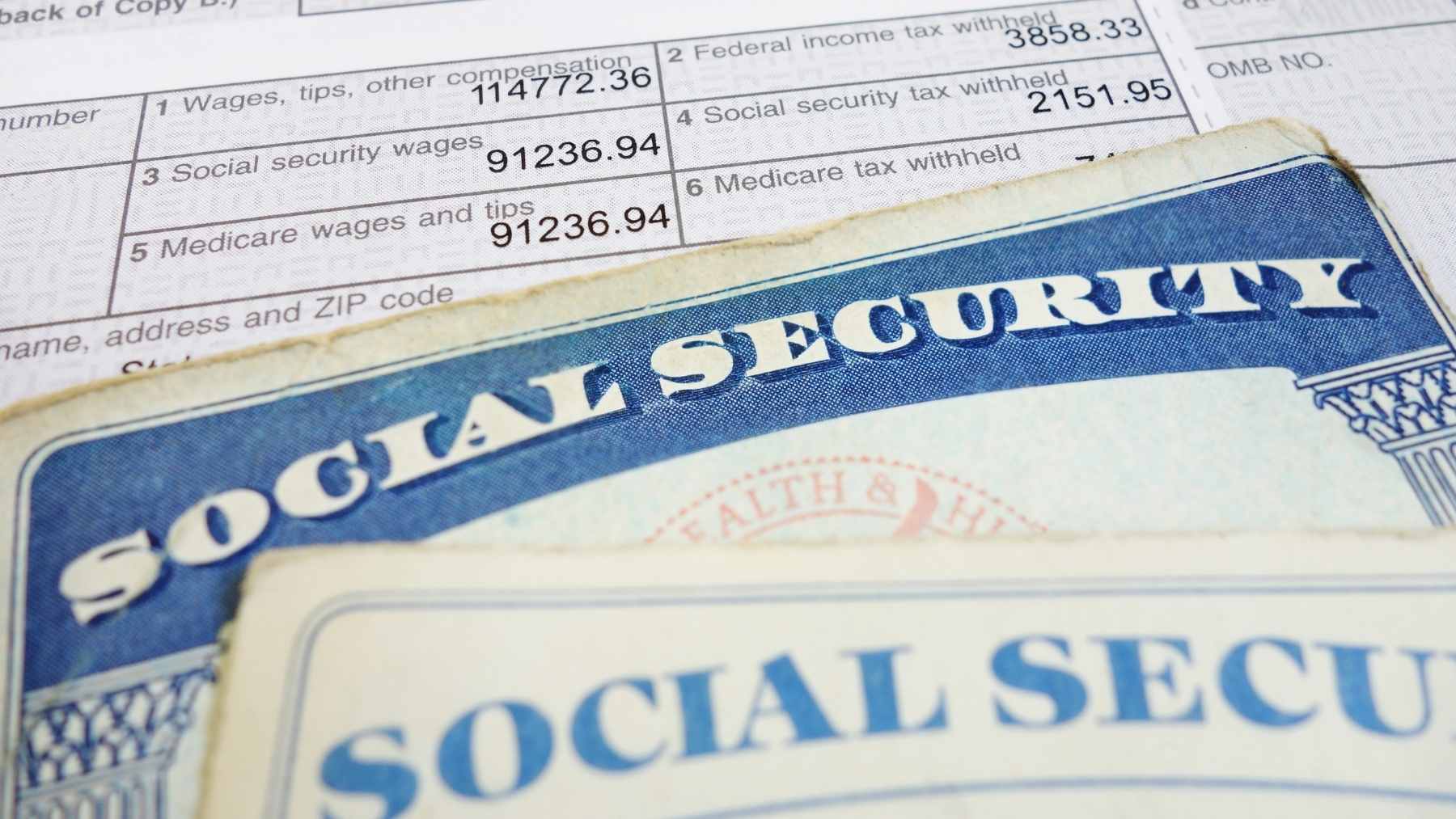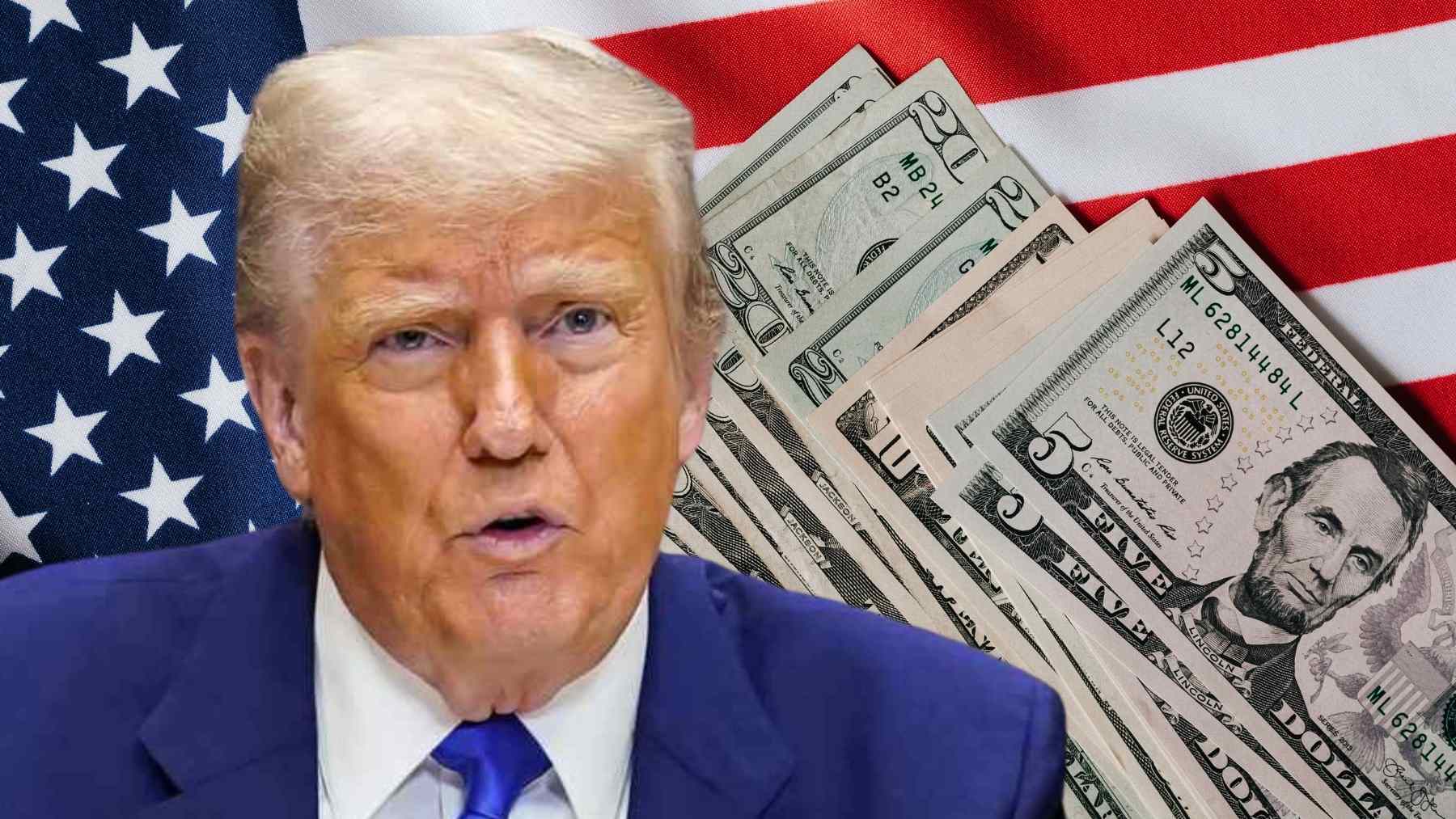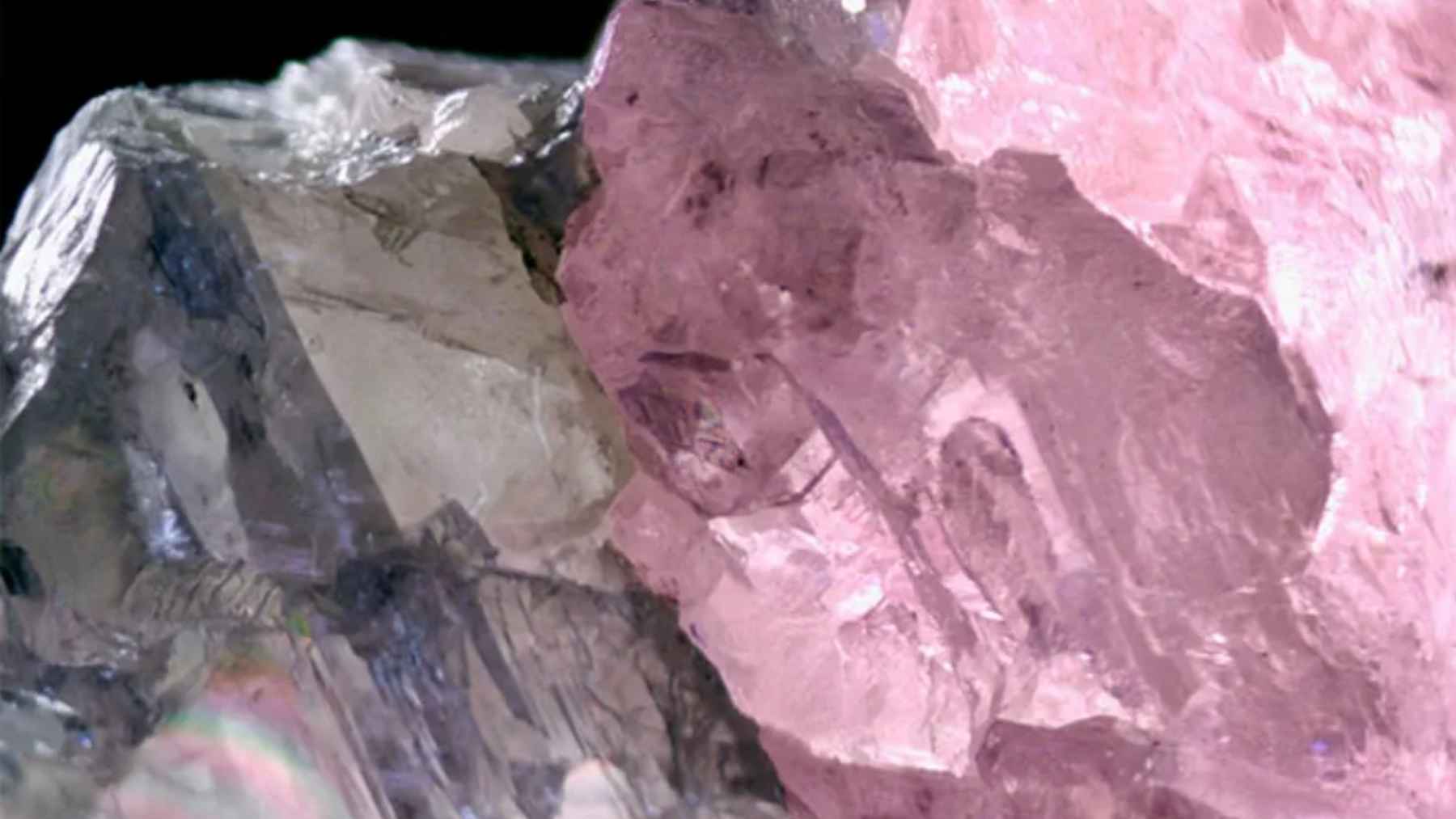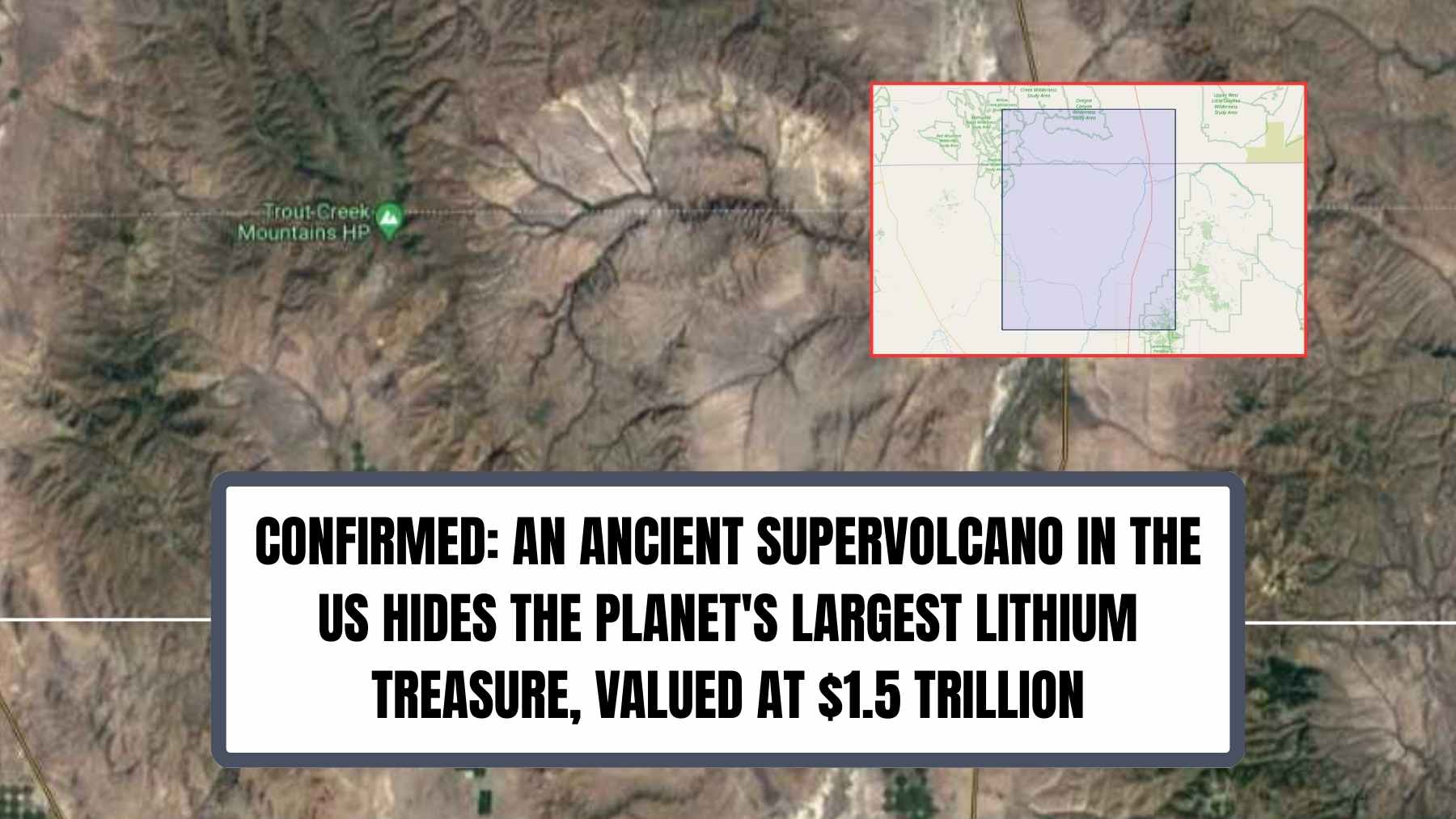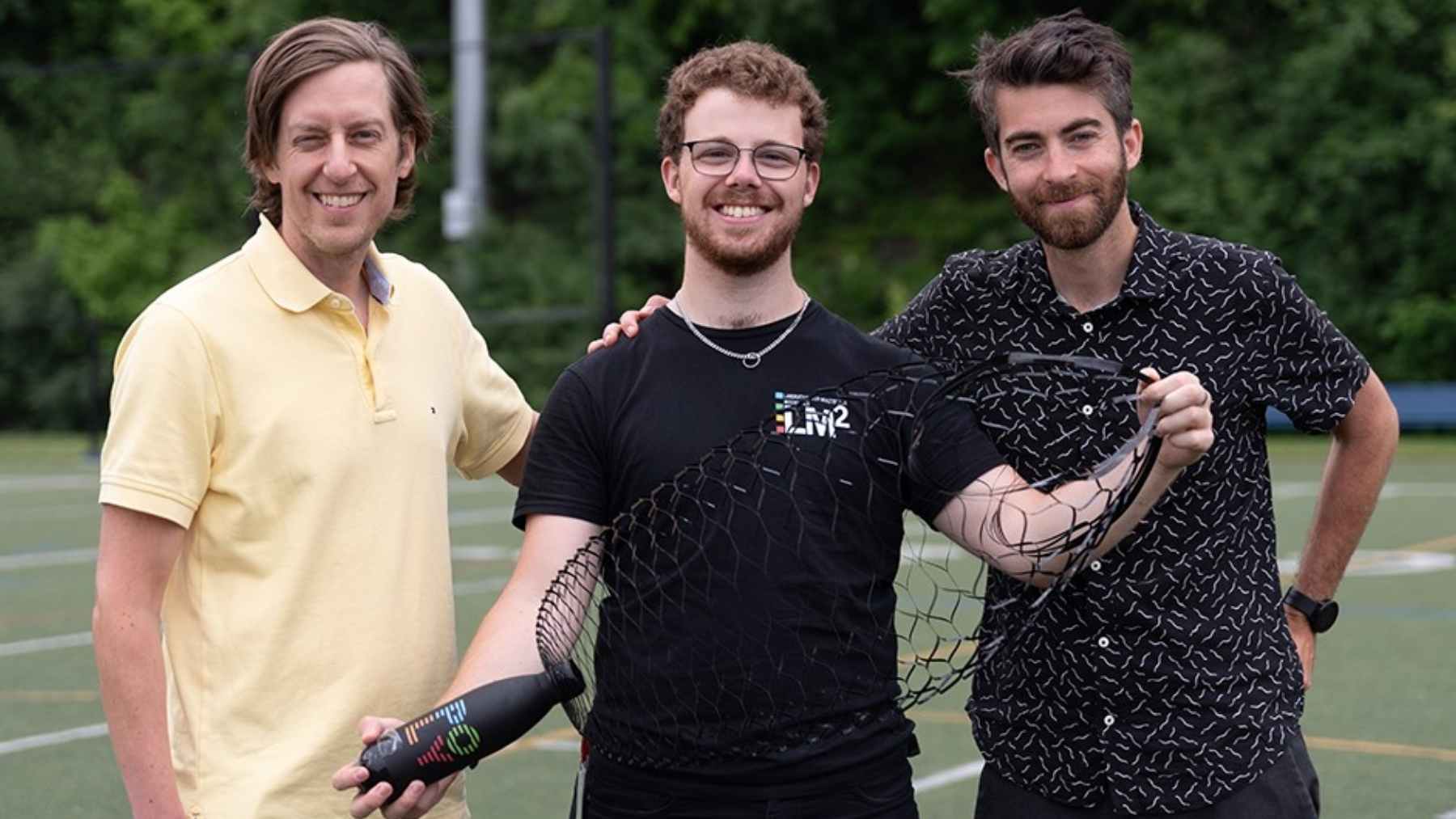The Pennsylvania Property Tax and Rent Rebate Program is back for 2025, offering financial relief to eligible residents who pay property taxes or rent. This year, the state has made significant changes to increase the income limit for applicants, making more people eligible for assistance. If you meet the qualifications, you could receive a rebate for the rent or property taxes you paid in 2023. Here’s what you need to know about how to apply and what changes are in store for 2025.
New income limits expand eligibility
The Property Tax/Rent Rebate Program is designed to provide financial relief to a variety of residents, including adults with disabilities, individuals aged 65 and older, and widows and widowers aged 50 and older. To qualify for a rebate, applicants must have a household income of $46,520 or less and must have paid property taxes or rent in 2023.
One of the most significant changes this year is the increase in the income limit for applicants. For 2025, the household income limit has been raised to $46,520, up from the $45,000 cap in 2024. This change is aimed at helping more individuals keep up with the rising cost of living, according to Gov. Josh Shapiro’s office. Pennsylvania joins the rising number of states targeting low-income individuals in order assist with affordable housing.
Who can apply and how much you could receive
The program is open to a broad group of Pennsylvanians, but there are specific eligibility requirements. Applicants must meet the income limits and also fall into one of the following categories:
- Seniors 65 and older
- adults 50 and older who are widowed or widowers
- people with disabilities.
The amount of the rebate you could receive depends on your income, the amount of rent or property taxes you paid, and where you live. For some, the rebate could be as much as $1,000. There are additional rebates for qualifying homeowners and renters, so the amount you are eligible for may vary based on your personal situation.
In 2024, more than 520,000 residents received a total of over $318 million in rebates, the largest amount ever distributed in the program’s history. Of those recipients, nearly 100,000 were first-time applicants, which highlights the growing popularity and impact of the program.
